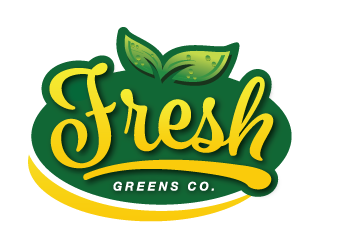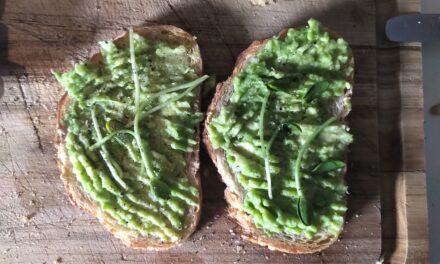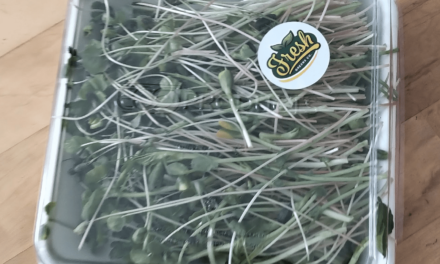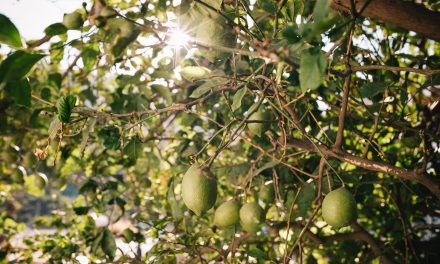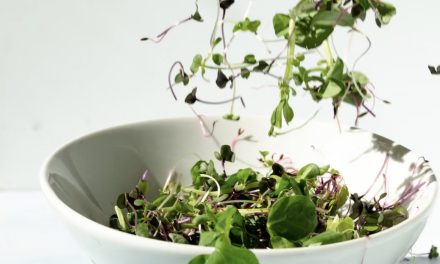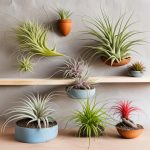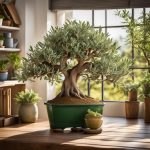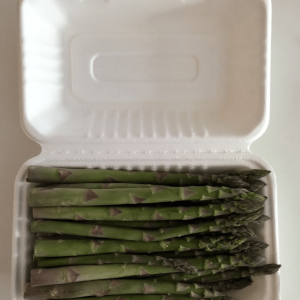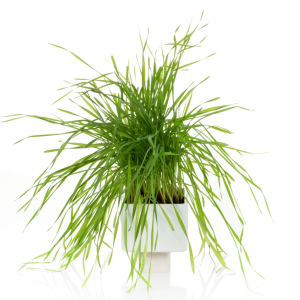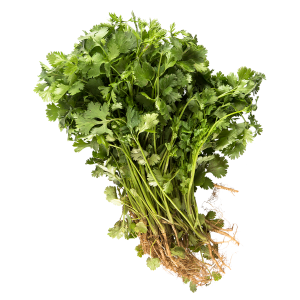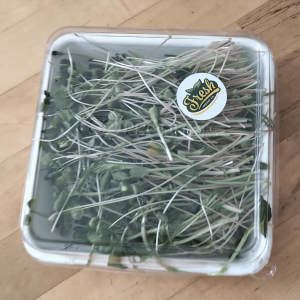 Sauerkraut, with its tangy flavor and rich history, is not only a culinary treat but also a health boon, thanks to the fermentation process. Packed with probiotics and nutrients, this fermented cabbage dish is surprisingly easy to make at home. Here’s how you can transform simple cabbage into delicious and nutritious sauerkraut.
Sauerkraut, with its tangy flavor and rich history, is not only a culinary treat but also a health boon, thanks to the fermentation process. Packed with probiotics and nutrients, this fermented cabbage dish is surprisingly easy to make at home. Here’s how you can transform simple cabbage into delicious and nutritious sauerkraut.
Ingredients:
- 1 medium head of cabbage (about 2-3 pounds)
- 1-2 tablespoons of non-iodized salt (like sea salt or kosher salt)
- Optional: Caraway seeds or other spices for added flavor
Equipment:
- A sharp knife or mandoline
- A large mixing bowl
- A clean mason jar or fermentation crock
- Something to weigh down the cabbage, like a smaller jar or fermentation weights
Steps to Make Sauerkraut:
- Prepare the Cabbage: Begin by removing the outer leaves of the cabbage and setting them aside. These can be used later to tuck in the shredded cabbage. Next, cut the cabbage into quarters and remove the core.
-

Shred the Cabbage
Shred the Cabbage: Using a knife or mandoline, slice the cabbage into thin strips.
- Salting: Transfer the shredded cabbage to a large mixing bowl. Sprinkle salt over the cabbage gradually, kneading and squeezing the cabbage with your hands as you go. This process releases the juice from the cabbage, creating a brine in which the cabbage will ferment. If you’re adding spices, now is the time to do so.
- Packing: Once the cabbage has been thoroughly mixed with the salt and is somewhat wilted and juicy, start packing it into the mason jar or fermentation crock. Ensure that you press down the cabbage as tightly as possible to eliminate air bubbles and so that the brine rises above the level of the cabbage.
- Weighing Down: Place a cabbage leaf or two on top of the shredded cabbage in the jar. Place your chosen weight on top to ensure that the cabbage remains submerged in its brine. This anaerobic environment is essential for the proper fermentation process.
- Fermenting: Screw the lid on the jar loosely (to allow gases to escape) or use an airlock if you have one. Store the jar in a cool, dark place for anywhere from a few days to several weeks. The fermenting time will depend on the room temperature and your flavor preferences. Generally, a warmer environment speeds up the fermentation process.
- Check Regularly: Every day or two, check your sauerkraut. Open the jar to release gases, press down the cabbage to keep it submerged, and check for any mold (which is rare if the cabbage remains submerged).
- Taste Test: After a few days, start tasting the sauerkraut. Once it reaches a flavor you like, transfer the jar to the refrigerator to slow down the fermentation process.
Fermenting cabbage into sauerkraut is an age-old tradition that’s both tasty and beneficial for gut health. With just cabbage, salt, and a little patience, you can enjoy this fermented treat. Whether you savor it on its own, atop a bratwurst, or as a zesty sandwich topping, sauerkraut is a testament to the wonders of fermentation. Enjoy your homemade delight!
Like any artisanal process, it comes with its own set of questions and potential challenges. Whether you’re a novice just starting out or someone looking to refine their techniques, our FAQ section is designed to address the most common queries about making and enjoying sauerkraut.
- How long does it take to ferment sauerkraut?
- Typically, sauerkraut can ferment anywhere from a few days to several weeks, depending on the temperature and the desired level of fermentation.
- How do I know if my sauerkraut has gone bad?
- Signs include an off-or rotten smell, mold or slime, or an off-color like pink or brown. Always trust your senses.
- Do I need to refrigerate sauerkraut during fermentation?
- No, sauerkraut should be left at room temperature during fermentation but should be refrigerated after reaching the desired fermentation level to slow down the fermentation process.
- Why is there foam or white scum on top of my sauerkraut?
- Foam or white scum can sometimes form during fermentation. This is typically harmless and can be skimmed off.
- What type of salt is best for making sauerkraut?
- It’s best to use non-iodized salt like sea salt or pickling salt. Iodized salt can hinder the fermentation process.
- Can I add other vegetables or spices to my sauerkraut?
- Absolutely! Many people add ingredients like carrots, onions, garlic, or spices like caraway seeds or juniper berries to flavor their sauerkraut.
- Do I need to use a starter culture?
- No, the natural bacteria on the cabbage and the salt will facilitate fermentation. However, some people use starter cultures to ensure a specific bacterial strain or to speed up the fermentation process.
- How do I store sauerkraut after fermentation?
- Once it’s reached the desired level of fermentation, transfer it to the refrigerator. It can be stored for several months this way.
- Why is my sauerkraut too salty or not salty enough?
- The amount of salt used can affect the taste. It’s important to measure salt accurately and adjust based on personal preference in future batches.
- Is the sauerkraut juice beneficial and do I need to add liquid?
- In the process of making traditional sauerkraut, the liquid used is the natural brine created from the juices of the cabbage itself. When salt is added to shredded cabbage and massaged or kneaded, the cabbage releases its juice, forming a brine. It’s this brine that the cabbage ferments in, allowing the beneficial bacteria to thrive and convert the natural sugars in the cabbage into lactic acid. This lactic acid acts as a preservative, gives sauerkraut its tangy flavor, and creates an environment where harmful bacteria cannot survive.
In some recipes, if there isn’t enough natural juice from the cabbage to cover it, a supplemental brine made from water and salt can be added. However, in most cases, if the cabbage is fresh and the salt is worked in properly, there should be enough natural juice to cover the cabbage and facilitate fermentation. The brine or juice that comes from the sauerkraut fermentation process is rich in beneficial bacteria and can be consumed for its probiotic properties.
